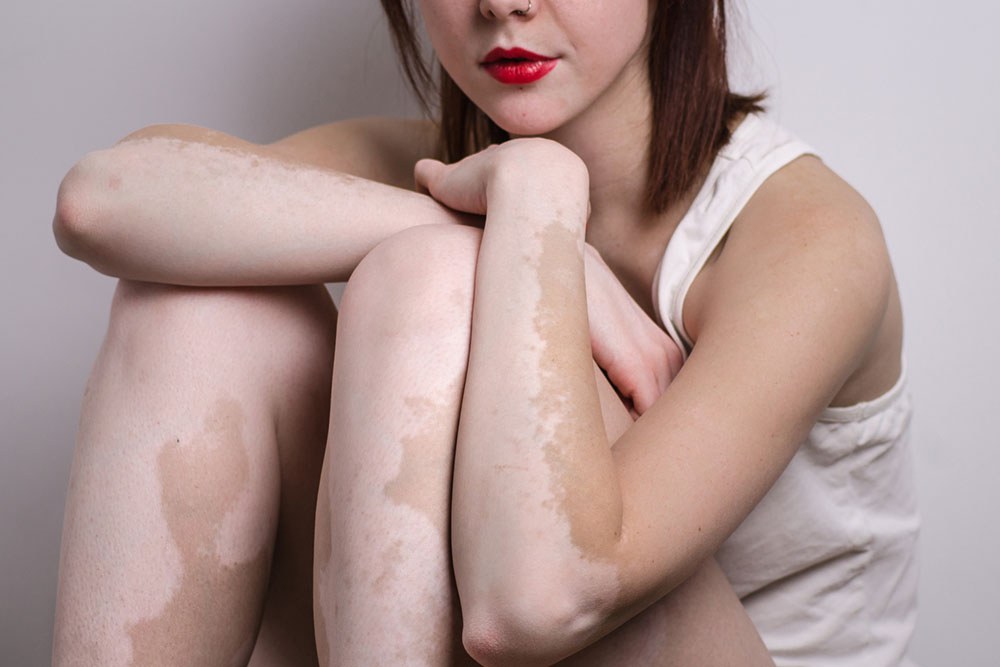
Key things to know about vitiligo
Vitiligo is an autoimmune disorder that causes loss of color in some areas of the skin. As a result, uneven white patches without any pigmentation start to develop. Some may develop only a few white spots, while others may have a more widespread loss of pigment. However, in both cases, the skin feels normal. There is no cure for this skin condition, although treatment may help stop its progression. Here’s what one needs to know.
Causes
Vitiligo is a type of autoimmune disorder that occurs when the immune system begins to attack healthy cells. In this case, the immune cells that produce melanocytes, which are responsible for producing melanin, start to die, resulting in a loss of melanin production. Melanin is the pigment that gives color to our skin, so the skin becomes lighter wherever the melanin-producing cells are attacked.
Over time, white patches start to appear. It is unknown why the immune system attacks the cells that produce the melanin. However, healthcare experts know certain factors can increase the risk of developing it. Some of the well-known risk factors include:
- Addison’s disease is an autoimmune disorder that is triggered when the adrenal glands are not able to produce sufficient hormones.
- Thyroid
- Pernicious anemia, which decreases red blood cell count when the intestines are not able to absorb vitamin B12
- Type 1 diabetes
Symptoms
The symptoms usually start before the age of 30 years. But in some people, it can start even at an older age. Some of the common symptoms include the following.
- Loss of skin color in patches. These generally appear on the face, hands, elbows, knees, and feet during the initial stage.
- Premature graying or whitening of hair on eyebrows, eyelashes, scalp, and beard.
- Loss of pigment in the mucous membranes or tissues lining the insides of the nose and mouth.
Types
The type of vitiligo depends on how and where the patches of skin discoloration occur.
- Universal – In this, discoloration develops on almost all skin surfaces.
- Generalized – This is the most common type of vitiligo in which discolored patches usually progress similarly on symmetrical or corresponding body parts. For instance, patches will start to appear on both hands at the same time, followed by patches on both feet.
- Segmental – Only one part or side of the body has discoloration. This type of vitiligo usually starts at a younger age and progresses for a couple of years until it stops.
- Focal or localized – Only one or very few areas of the body are affected.
- Acrofacial – This type causes skin discoloration on the face and hands, including the eyes, nose, and ears.
Treatment options
Since vitiligo is not curable, treatments are given by board-certified dermatologists with the following objectives.
- Restoring the lost skin color
- Stopping the spots and patches from becoming larger
- Preventing new spots from developing
A dermatologist may recommend prescriptions, light therapy, or skin graft and cell transplant surgery. In severe but rare cases, when a person loses nearly all of their natural skin color, depigmentation is done to remove the remaining color from the skin.